Read My Pins (14 page)
Authors: Madeleine Albright

two purple, black, and gold turtles, Isabel Canovas;

other designers unknown.
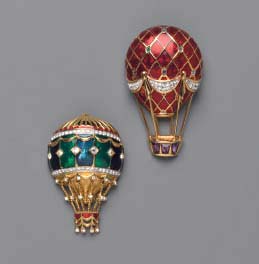
Green and red balloons, Swarovski.
As more people began to comment on my pins, I naturally found myself growing self-conscious. In the morning or even the night before, I started thinking about the right pin for the coming day and sometimes for each meeting. I didn’t have much leisure for planning trips abroad, so often I just scooped up a handful of pieces from my jewelry box in hopes of finding an appropriate choice when the moment arrived. Some pins were essentially mood pieces, to indicate whether events were going poorly or well. When feeling good, I often wore a ladybug pin, because who doesn’t love a ladybug? A second preference was my hot-air balloons, which I interpreted to mean high hopes, not overheated rhetoric. Other pins were aimed at conjuring up the quality needed to make a negotiation succeed, such as a tranquil swan or a wise owl. Less imaginatively, when discussing the salmon industry with my Canadian colleagues, I wore a pin shaped like a fish.
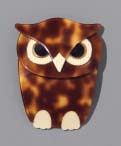
Wise owl, Lea Stein.
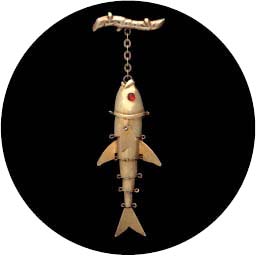
Fish, Nettie Rosenstein;
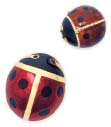
small ladybug, reproduction, The Metropolitan Museum of Art; large ladybug, designer unknown;
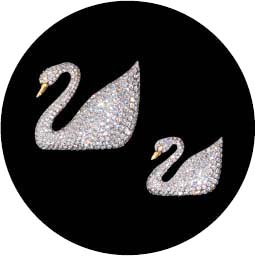
swans, Swarovski.

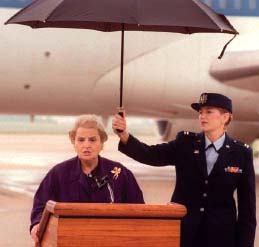
ASSOCIATED PRESS
In 1998, terrorists bombed the U.S. embassies in Kenya and Tanzania. Before flying across the Atlantic to honor those who were killed, I made brief remarks at Andrews Air Force Base. With sadness in my heart, I turned for help to an angel.
Angel, designer unknown.
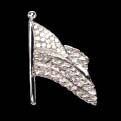
ASSOCIATED PRESS
David Yurman created this American flag pin in support of families affected by 9/11.

Sunburst, Hervé van der Straeten.
Because I am by nature a worried optimist (as opposed to a contented pessimist), I found many opportunities to wear my brooch of a brilliantly shining sun. Of course, part of being a diplomat is to make the best of a difficult situation, so I sometimes wore the sun more as an expression of hope than of expectation. In Haiti, for example, the Clinton administration had used force to oust an illegitimate military junta and restore the elected president. On every visit thereafter, I met with the civilian leaders, voiced America’s desire to help, and talked about the prospects for progress. Each evening, as I put away the sun, I feared that neither my words of hope nor my effort to suggest the start of a new day would be enough to transform a desperate reality. The Haitian people—anxious and impoverished—deserve a far better government than they have had.
Naturally, not every diplomatic encounter demands a sunny attitude. If I wanted to deliver a sharp message, I often wore a bee. Muhammad Ali used to boast that he would “float like a butterfly, sting like a bee” my message was that America would try to
resolve every controversy peacefully, but if pushed into a corner, we had both the will and a way to strike back.

COURTESY OF WILLIAM J. CLINTON PRESIDENTIAL LIBRARY/SHARON FARMER
With
Marine One
in the background, President Clinton by my side, and the sun on my shoulder. Latin America, 1999.
All this, I subsequently found, was generating not only diplomatic sparks but also an economic jump start for the costume jewelry industry. In Paris, I went into the gallery where Leah Rabin had bought her dove and was startled to find my picture on the wall. Visiting an antique jewelry store in New York, I was thanked by the owner for saving her business. A group in the Northeast set up a pin watch over the Internet where they would find out what I was wearing each day and try to interpret my choice.
